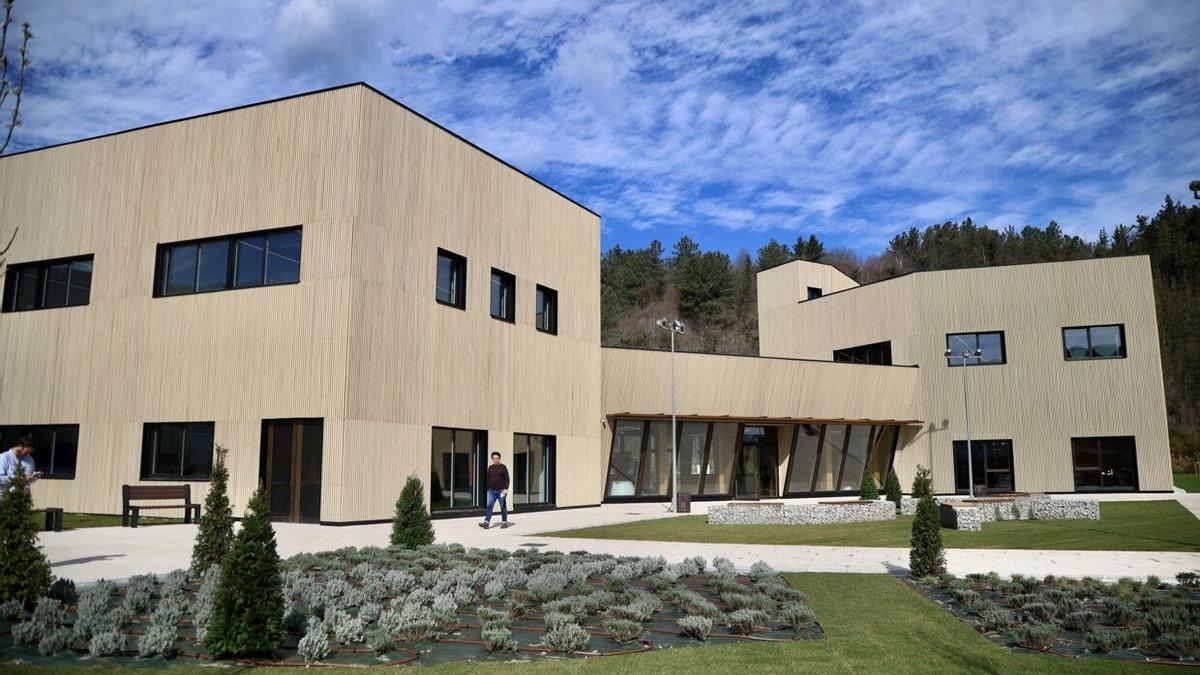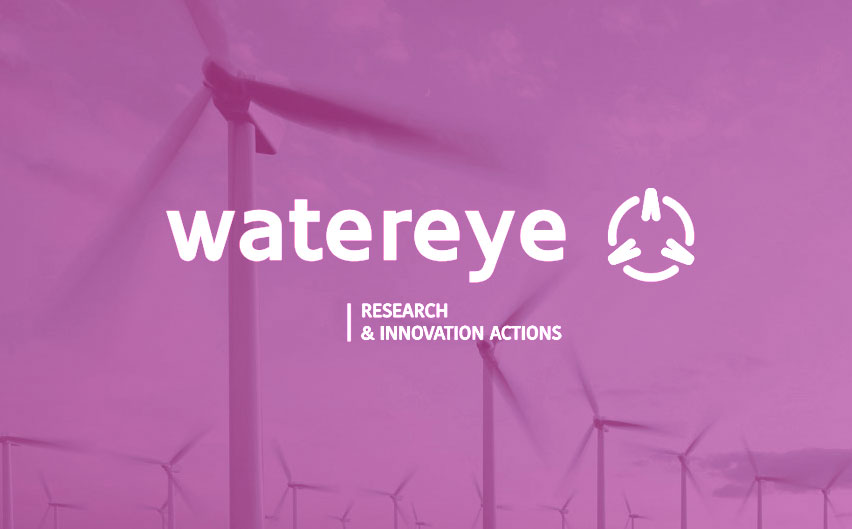Blog post: Towards smarter rail infrastructure maintenance.

17 | 11 | 2022
Spain has a railway network of around 16,000 kilometers in length, of which more than 3,000 kilometers are high-speed railways. 16,000 kilometers in length of which more than 3,000 kilometers correspond to high speed, a figure that places it at the head of Europe and in second place worldwide behind China. These data, together with the railway projects already underway, give an idea of the commitment of the institutions to this means of transport, which can be extended to the whole of Europe. In fact, the European Parliament has designated 2021 as the date of the next rail year European Year of Railways The European Parliament designated 2021 as the European Railway Year, due to the contributions of this means of transport in terms of safety and environmental sustainability, and the integrating role it plays in the continent as a whole.
These circumstances not only demonstrate the widespread institutional defense of railroads as a means of transport for the future, but also indirectly highlight the challenges faced by rail infrastructure managers in identifying the measures that will enable them to carry out intelligent maintenance of these infrastructures and, at final, ensure that railroads are consolidated as a modern, efficient, reliable and profitable means of transport.
How to optimize rail infrastructure maintenance
From an economic point of view, the largest source of railroad revenues comes from the operation of the service, while at the other extreme are the maintenance tasks, which constitute one of the largest operational and operating expenses, since they include overhauls of infrastructure and rolling stock, energy, safety facilities, signaling and communications. Today, these overhauls are not only a burden from an economic point of view, but also from an operational and logistical point of view. At present, there are three types of maintenance work:
Corrective maintenance
Repairs are carried out after a failure has been detected, i.e. in an unplanned manner. This maintenance subject generates higher repair costs, service interruptions and economic damages, and requires a full availability of the maintenance staff .
Preventive maintenance
It acts before any failure occurs, generally according to a pre-established maintenance plan in advance. However, it does not prevent failures from occurring before the planned period, and requires maintenance to be carried out regardless of the condition of the systems.
Condition-based maintenance
Monitoring the performance of a system makes it possible to detect the first signs of deterioration and correct them before a failure occurs and even before service is minimally affected.
The latter modality, condition-based maintenance, is the one that makes it possible to optimize service, maximize reliability and efficiency, and reduce costs. However, in order to implement it, it is necessary to obtain quality, real-time information on the condition of the assets, a task that is still complicated for several reasons:
- This information is decentralized and therefore difficult to obtain.
- The data are scarce because asset condition measurements are carried out every several months.
- The information is sometimes subject to the subjective criteria of the staff compiler.
- There is no digital monitoring of the data.
Faced with this reality, the progressive incorporation of new technologies associated with digitization makes it possible to anticipate a paradigm shift in the maintenance of railway infrastructures that may represent a before and after in the achievement of efficiency.

New technologies to revolutionize railway maintenance
In this sense, the deployment of 5G will be a determining element that will facilitate obtaining large flows of data and information in real time; it will allow the simultaneous coexistence of multiple devices without saturating the network and, at final, it will act as an enabling technology for the implementation of new technological tools, among which the following stand out:
Artificial Intelligence and Machine Learning
Today we already have technology capable of learning autonomously to detect almost imperceptible failures in the operation of a system, and even anticipate the remaining useful life of the system in order to be able to carry out a repair or replacement at a given time. Advanced analytics for converting data into information and information into decisions will allow us to offer an immediate response to anomalous situations in order to optimize infrastructure maintenance.
Digital cufflinks
Digital twins are one of the most promising trends in the industrial field and are set to revolutionize maintenance in the railway sector. This technology subject allows a digital representation of a specific system to reliably reproduce its behavior and to analyze the evolution of its condition in different scenarios and operating conditions. This is the tool final to enable the management of predictive and prescriptive maintenance.
Digital cufflinks offer numerous advantages in the field of maintenance:
- They are a digital representation of the asset and, therefore, are able to faithfully reproduce its behavior through mathematical models.
- They offer a real vision of the entire railway operation, since:
- They anticipate the degradation conditions of an asset caused by operating conditions (past, present and future).
- They reproduce the degradation mechanisms.
- They allow the generation of large quantities of synthetic data that obey the behavior of the system under controlled operating conditions, for use in artificial intelligence algorithms.
- They help to study predictive scenarios and to analyze the impact of prescriptive measures.
The implementation of this subject of technologies brings with it a number of tangible advantages, among which are:
- A decrease in costs associated with maintenance.
- The increase of availability of the infrastructure, thanks to the planning of maintenance tasks.
- Improved safety due to early detection of potentially dangerous faults for humans and for the machinery itself.
- The constant provision of objective and quality information through the integration of digital systems to obtain data in trains in service, an essential issue to improve decision making.
In conclusion, the efficiency, reliability and profitability of the railway sector depend to a large extent on the optimization of its maintenance tasks and the implementation of new intelligent systems, in which digitalization plays a fundamental role.
For more information, you can download our free ebook on railroads at download :





